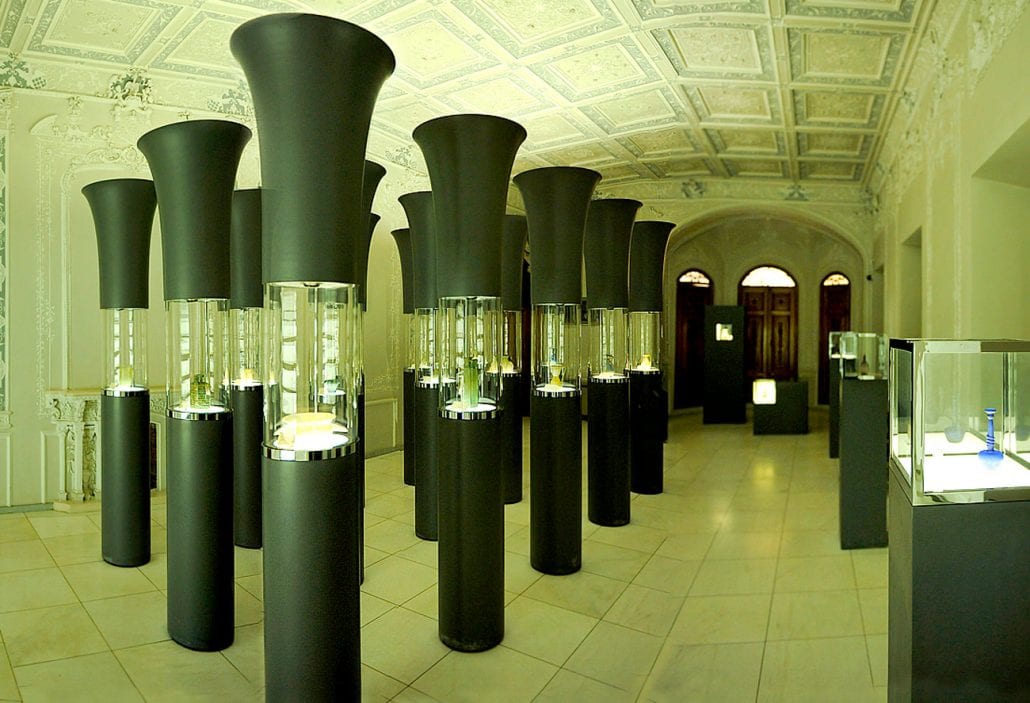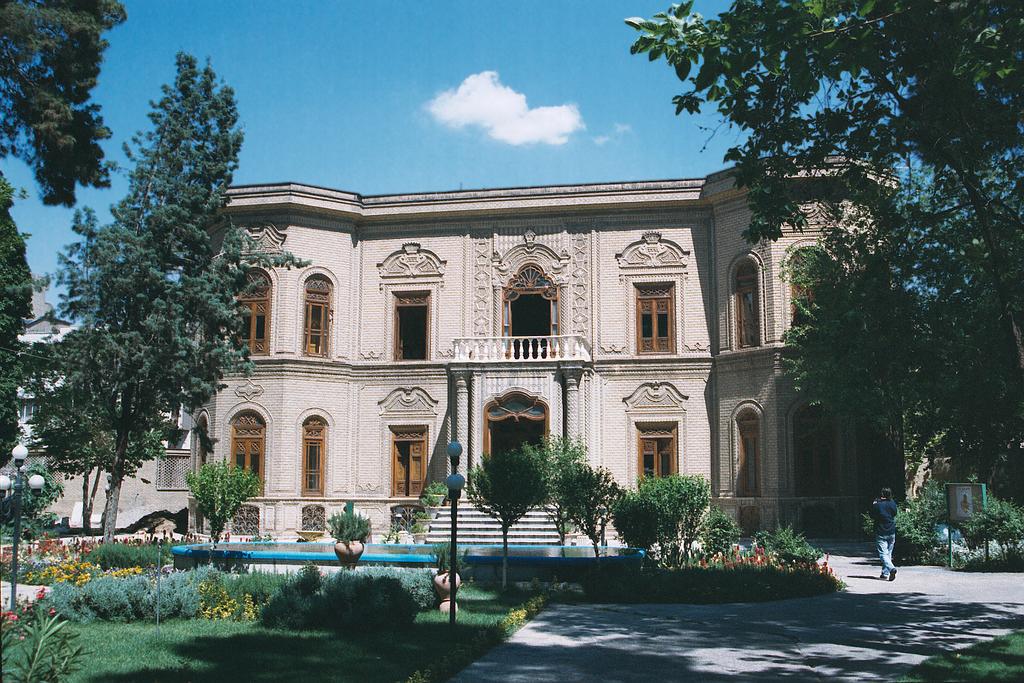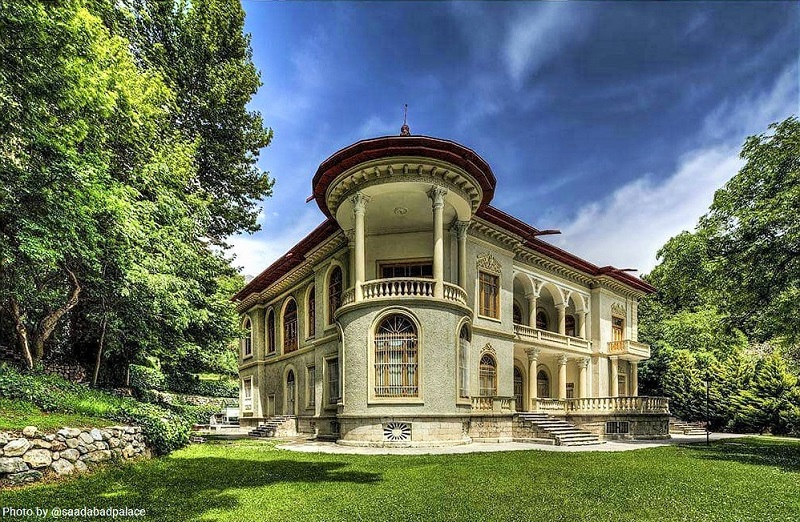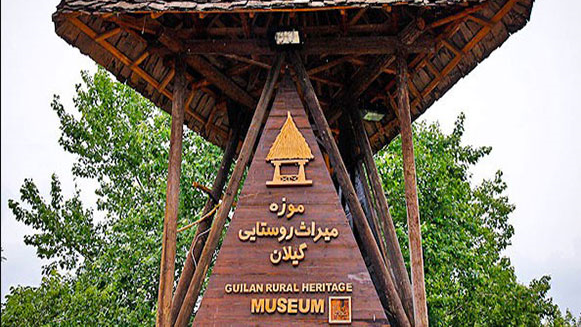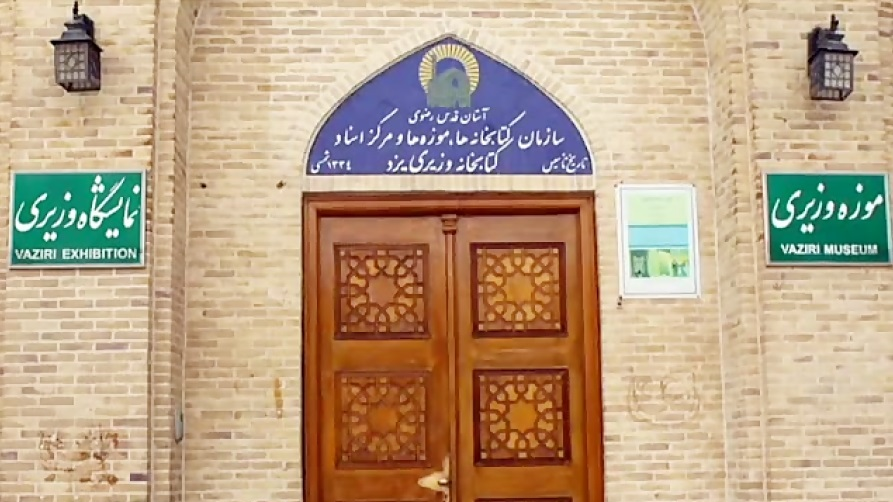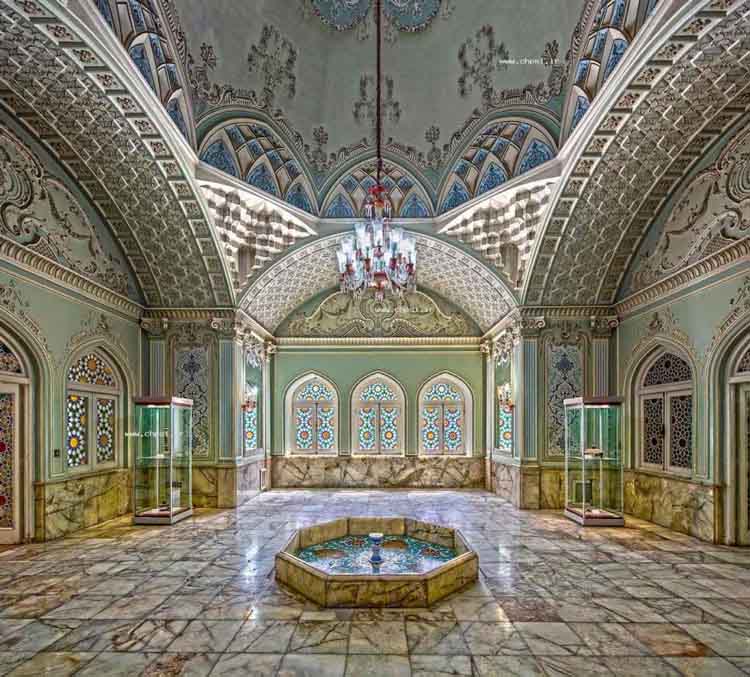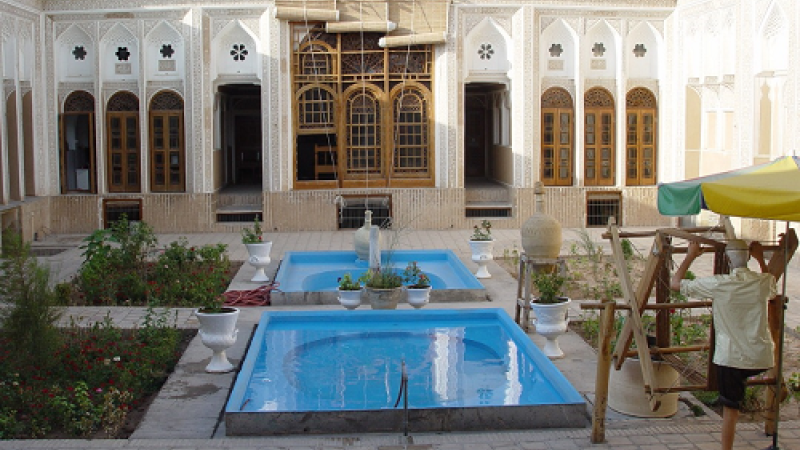 ابرکوه_crop_1_crop_1.jpg)
Abarkuh Museum of Anthropology
Although not a big city, Abarkuh has a long history and many historical sites. Today, some of the old objects obtained from different buildings of this city are kept in the Abarkuh Museum of Anthropology. This museum is located in one of the old houses of this city, which is known as the “Solat House”. In fact, visiting the Abarkuh Museum of Anthropology, in addition to seeing the life and history of the city’s people, also gives tourists the pleasure of viewing a historical house.
The History of Solat House or Abarkuh Museum of Anthropology
The date of the construction of the Solat house dates back to the end of the Zand era and the beginning of the Qajar era (second half of the 18th century AD). This old house is located in one of the old squares of Abarkuh called “Darvazeh Meidan” and within the vicinity of several other old houses of the city.
Solat House was inscribed on the list of Iran’s cultural heritage, as a national work, in the year 1997 AD, and 10 years later, this house was turned into the Abarkuh Museum of Anthropology to display the various objects that were mostly collected with the help of the local people.
The items on display in the Abarkuh Museum of Anthropology, which is a display of the culture and life of the city’s people throughout history include pistols, rifles, agricultural tools, bathing equipment, historical documents, the coins minted during the Qajar era, seals, ornaments, carved stones, petromax lamps (paraffin pressure lantern) made of copper, brass and nickel, handmade and old steel locks, local clothes, and manuscripts of several books. Some handwritten documents, including some marriage deeds, are also on display in this museum, which are unique.
In total, nearly 800 precious and historical objects, from the post-Islamic periods to the present day, are preserved in this museum. By the same token, the handicrafts that are on display for visitors in the Abarkuh Museum of Anthropology include cloth weaving, giveh making, bedding, carpet weaving, and felting. A part of the museum is also dedicated to the display of the local attire of the people of Abarkuh. This museum shows how the people of this desert area adapted themselves to the difficult living conditions of the desert.
The Architecture of Abarkuh Museum of Anthropology
Solat House or the Abarkuh Museum of Anthropology looks like a simple building made of adobe and clay from the outside, but upon entering the house, a world of beauty and patterns appears in front of visitors. The portal of the mansion has lovely stucco and muqarnas work. After entering the building, one can see a long corridor with a square tower located next to it.
This house, or rather mansion, has been built over an area of nearly one thousand square meters, with a beautiful yard, a pond with a fountain, and a small garden in the middle of it. The cobblestone paving of the courtyard is rather new and was installed during renovations done in recent years. The corridor that leads to the courtyard is decorated with stucco, and the porch and rooms built around the courtyard stand out with earring-shaped rows. The central courtyard is about one meter lower than its surrounding space.
Like many buildings representing Iranian architecture, this old building, too, has two inner and outer parts, where the inner part was for women, maids, and servants, and the outer part was used by men and guests.
Solat House has three floors, including the basement. There is a room with five small doors in the northern part of the house facing south, which receives sunlight for a longer period of time and was most probably built to be used in winter.
There is another room just opposite this room that opens to the north, which was used in the summer. This room has special plasterwork decorated with reliefs in the shape of flowers and bushes, with arabesque designs. There is a qanat outlet under this room that has been created for residents to access the nearby qanat.
Keeping in view the fact that water was a very precious resource in the dry and desert areas of Iran, the presence of this riffle in the house indicates the financial capacity of the owner of that house. In fact, the owner of this house was one of the old khans of the city by the name of Solat.
Although not a big city, Abarkuh has a long history and many historical sites. Today, some of the old objects obtained from different buildings of this city are kept in the Abarkuh Museum of Anthropology.
| Name | Abarkuh Museum of Anthropology |
| Country | Iran |
| State | Yazd |
| City | Abarkuh |
 ابرکوه_crop_3.jpg)
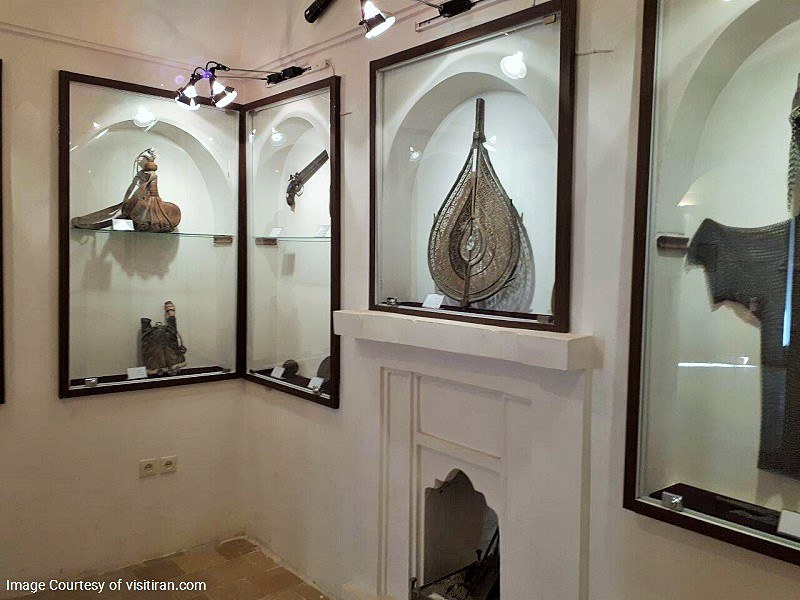
 ابرکوه_crop_3.jpg)

Choose blindless
Red blindless Green blindless Blue blindless Red hard to see Green hard to see Blue hard to see Monochrome Special MonochromeFont size change:
Change word spacing:
Change line height:
Change mouse type:



